Time to write this final post of our recent trip, before the next one starts.
I last left off when we were at Lake Boga. From there, we roughly followed the Murray River upstream. Previously, we have travelled to Echuca and crossed back into New South Wales there. However, this time we decided to follow a different route.
We drove through the town of Kerang, without stopping. It had another of those beautiful brick water towers.
And a nice clock tower. As you can tell, it was still raining.
We turned north to the village of Koondrook, on the Victorian side of the Murray River.
What a delightful little place to have a wander around. Fortunately, the rain had let up for a bit.
It had been a railway town at one stage and the old goods shed is now restored and looks to be a function area.
There was an old train and carriages on display. There was an elderly man walking around taking photos. He remembers travelling to here as a kid on the train for holidays with family.
Mick remembers his father taking sheep to the Perthville Railway Station, just out of Bathurst, to be loaded into train carriages like this to be taken to market.
It was also a timber town and still has a functioning timber mill.
It has a long and interesting history.
He even built his own paddle steamer, which is still in service at Echuca.
There is a lovely walk along the river, featuring carvings of various local identities and animals. This one features Alexander Arbuthnot.
He even built his own paddle steamer, which is still in service at Echuca.
There is a lovely walk along the river, featuring carvings of various local identities and animals. This one features Alexander Arbuthnot.
It is a really pretty location.
Time to get back on the road and cross one more of those historic lifting bridges, our final crossing of the Murray River, back into New South Wales and the town of Barham.
Time to get back on the road and cross one more of those historic lifting bridges, our final crossing of the Murray River, back into New South Wales and the town of Barham.
We had a nice little wander around town and morning tea, before continuing on our way.
We were now starting to see early planted grain crops starting to emerge in the paddocks beside the road.
Our next stop, for lunch, was back in familiar territory, at Deniliquin, on the Edward River.
Finley is the next town we travelled through. We had a wander up and down the street, calling in at the local butchers to buy some meat. It had a great mural behind the counter.
And the best collection of meat mincers. Apparently, they had a couple and customers then started to bring some in.
And the best collection of meat mincers. Apparently, they had a couple and customers then started to bring some in.
What took us by surprise was the number of murals painted on the sides of buildings.
Most had links to the local community. This one was on the side of a garage and was painted by Damien Mitchell.
Most had links to the local community. This one was on the side of a garage and was painted by Damien Mitchell.
The local bowling club sported this one on one wall....
And the draught horses on another. This one was painted by Heesco, who also painted the silos at Grenfell, Weethalle and Gunnedah.
The day was getting on, so we had to keep moving.
And the draught horses on another. This one was painted by Heesco, who also painted the silos at Grenfell, Weethalle and Gunnedah.
The day was getting on, so we had to keep moving.
Our destination for the day was Jerilderie, a town made famous by the bushranger Ned Kelly. He and his gang carried out an armed robbery there in 1879. He wrote a 56 page letter ,known as the Jerilderie Letter, trying to justify his actions and tried to have it published as a pamphlet. You can read more about it here.
After checking into the caravan park, we went for a walk in the late afternoon.
There is a self guided walk around the town telling the story of the Ned Kelly raid. We didn't really have time to do it properly, but saw a few interesting features.
Isn't this a beautiful old building.
Isn't this a beautiful old building.
At the end of the main street there is a peaceful park with a lake as its centrepiece.
Just behind it is a "Steele Wings" windmill. We have seen the other one at Taroom in Queensland.
The difference is that this one is operational and used to top up the lake.There were also several other interesting things to see, but too many to include here.
There is a Sports Club next door to the caravan park, which incorporates both lawn bowls and golf. We were advised that it is a great place to have dinner, so we took that advice. Yes, it was worth going. Like many such clubs, it has a Chinese restaurant. I would have to say that this was some of the nicest, freshest we have tasted.
The following morning we woke to a pea souper fog. Not the best for travelling.
We were now entering an area we had once visited during a Griffith Classic Motorcycle Rally many years ago.
The first little town we visited was Coleambally. The town was only established in 1968 to service the local irrigation area. The name is aboriginal for Swift in flight.
As such, all the streets are named after birds found in the area and also have pictures of the birds on the street signs.
There was also a metal sculpture of a brolga in the park. Mick, being a metalworker, was quite taken with the beautiful craftsmanship in its construction.
There was also a metal sculpture of a brolga in the park. Mick, being a metalworker, was quite taken with the beautiful craftsmanship in its construction.
Of course, we had a walk up and down the very little shopping street. Being the Saturday before Mothers Day, the local preschool had a street stall, where we bought some tasty cupcakes and biscuits, as you do.
I was also delighted and very surprised to find a really good patchwork shop "Stitch in Time", full of nice modern fabrics. I had been toying with the idea of buying Jen Kingwell's latest book, so when I saw it there, I had to bring it home as a souvenir.
We noticed a rather strange object on the skyline, so had to investigate. It turns out, it is the water reservoir and there is a mosaic mural around the base, which was added from 2006 - 2008.
There was one more thing we had to have a look at while in the area.
Another beast, on the scale of "Big Lizzy".
We had morning tea in this park on that motorcycle rally, way back when, so I wanted to revisit it.Back on the road, the next little village we went through was Darlington Point, where we crossed the Murrumbidgee River, another of the major rivers in the area and the lifeblood of the the MIA - Murrumbidgee Irrigation Area.
As can be guessed by the name of the old pub, there was originally a punt in place to cross the river here. There are photos in the windows of the pub showing where the area had been flooded in times gone by.
The punt was replaced by an opening bridge.
There has been a lot of work carried out in the park beside the river in 2021, with murals and interpretive boards.
There is quite a strong indigenous theme, as there had been an aboriginal mission in the area from 1880 -1924.
We really enjoyed having a wander around and learning a bit about the area.
It reinforced the fact that no matter how small a town or village, there is always something interesting to see.
I had to pop into a cute little knitting shop. I came out with some tiny circular needles to knit some socks. I will get to make them at some stage.
We briefly popped into the information centre and picked up a brochure on the area. I'm glad we did, as we would otherwise not have realised that there was a painted water tower in town.
No, this isn't it. This is the historic one next to the painted one. I'm glad this one has been left in its original form.
Our final night away from home was at Temora, a town we have visited a couple of times before, to visit the Aircraft Museum. As it was getting late in the day, we didn't worry about having much of a look at the town. That can be another trip, as it isn't too far from home.
We had read that there was a free camp site, next to the old railway station.
What a beaut spot. Good, level parking areas.
The site is maintained by the Temora Youth Team. Of course we made a donation. They are doing a tremendous job, as the whole precinct was beautifully maintained.
There were a few other vans in, and a few people sat around together and had a nice yarn.
The site is maintained by the Temora Youth Team. Of course we made a donation. They are doing a tremendous job, as the whole precinct was beautifully maintained.
There were a few other vans in, and a few people sat around together and had a nice yarn.
Meanwhile, I went for a wander in the late afternoon light.
The Railway Precinct was restored and redeveloped in 2016 and has won some awards. Well deserved, I think.
There is a walking trail around the whole railway area, which would be interesting to do.
The nice old platform. There were lots of interesting story boards outlining the history of the railway in the area.
 I noticed this little bronze statue and was rather intrigued.
I noticed this little bronze statue and was rather intrigued.
What an interesting story. I'm glad he has been honoured. There was another story board as well, which gave a much more detailed tale of his life.
While I was there, a train came through, so it is still a busy working line.
The nice old platform. There were lots of interesting story boards outlining the history of the railway in the area.

What an interesting story. I'm glad he has been honoured. There was another story board as well, which gave a much more detailed tale of his life.
While I was there, a train came through, so it is still a busy working line.
I noticed these gardens, planted in old wash tubs. In amongst the flowers there were lots of herbs, which is a nice touch for those camping on the site.
Not far from the railway station is a beautiful old flour mill. It doesn't appear to be in use any more.
It looked stunning all lit up in the early night light.
Not far from the railway station is a beautiful old flour mill. It doesn't appear to be in use any more.
It looked stunning all lit up in the early night light.
Finally, it was our last day on the road.......
....and was raining.
Aaah! A familiar site, looking towards Bathurst from Fitzgeralds Mount halfway to Blayney.
Aaah! A familiar site, looking towards Bathurst from Fitzgeralds Mount halfway to Blayney.
It was nice to see some street trees still had their coloured leaves in Bathurst, and then we were home and it was all over.
What a great trip as we saw and experienced so much.
Now for some stats:
We travelled 2,326kms, so not all that far for the time we were away.
We used 440 litres of diesel, which cost a total of $858.40
Our fuel economy averaged at 17.94 litres per 100kms, or $34.81 per $100kms
Now that I have finished recording this holiday, we are about to embark on our next. I can't wait.





































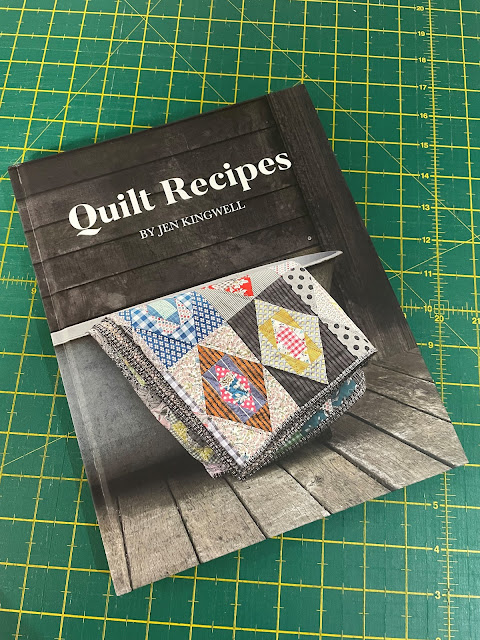








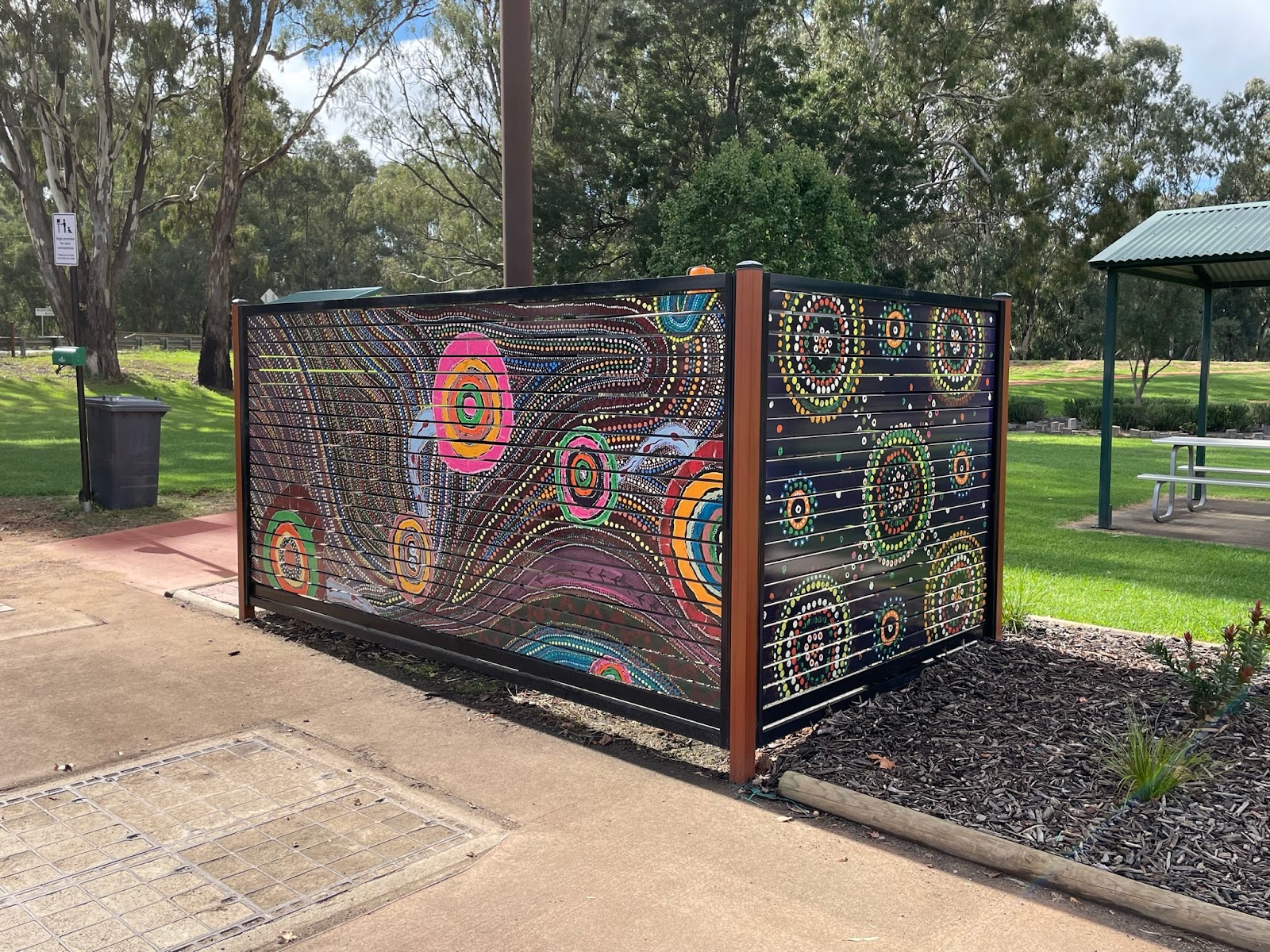

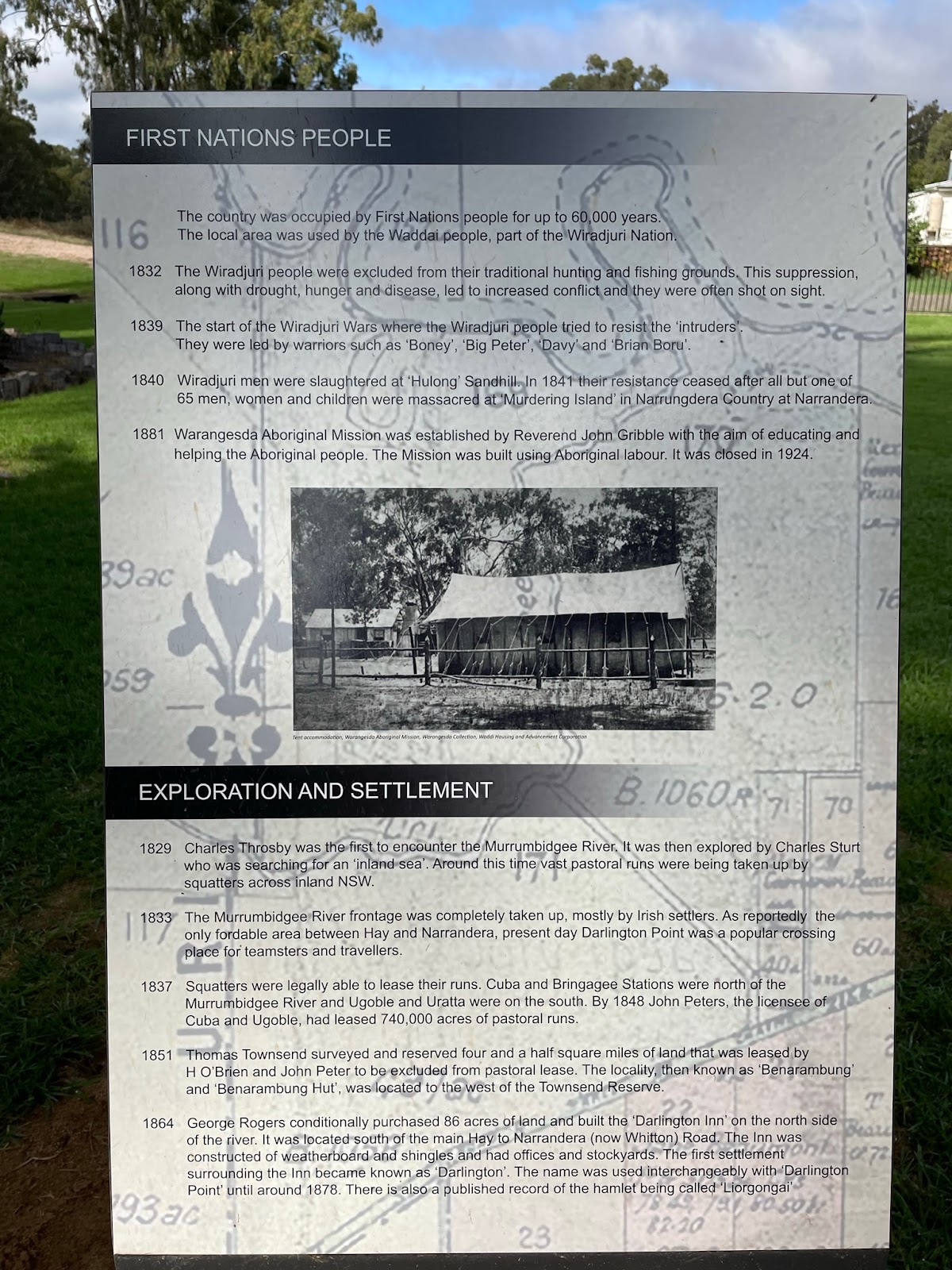

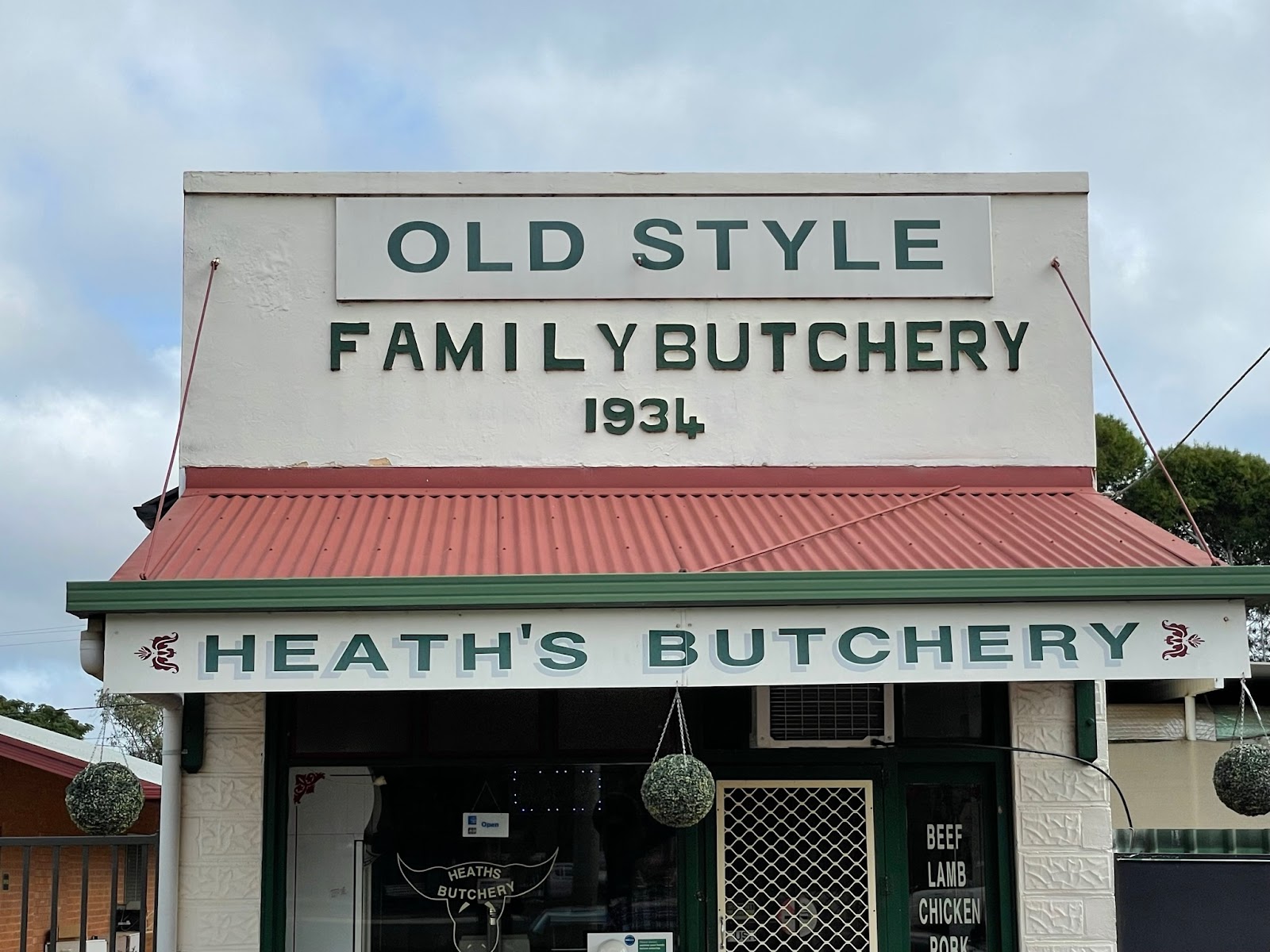






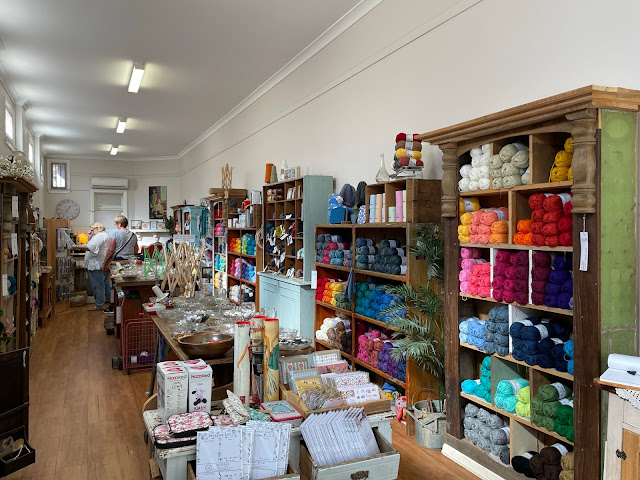











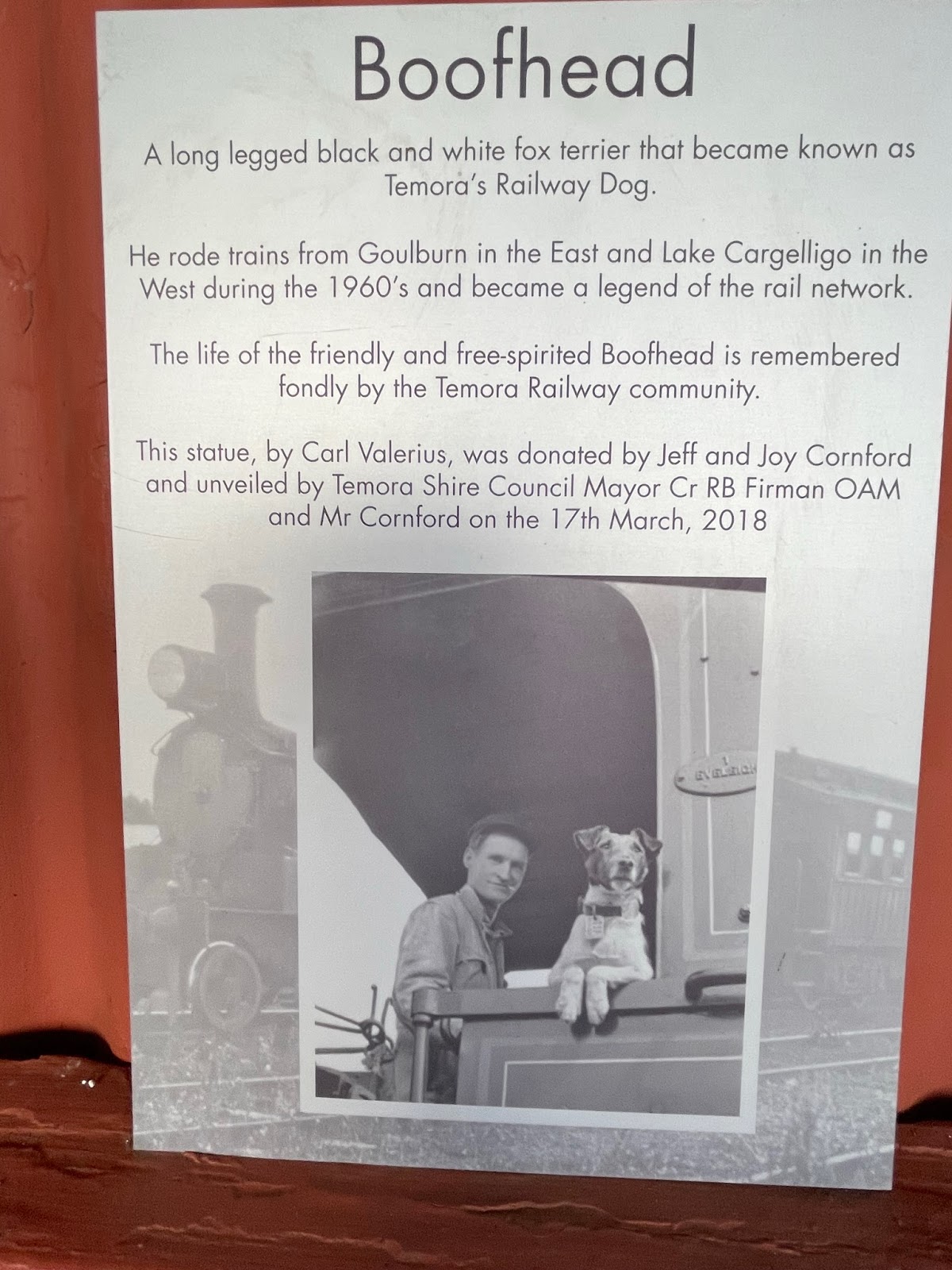



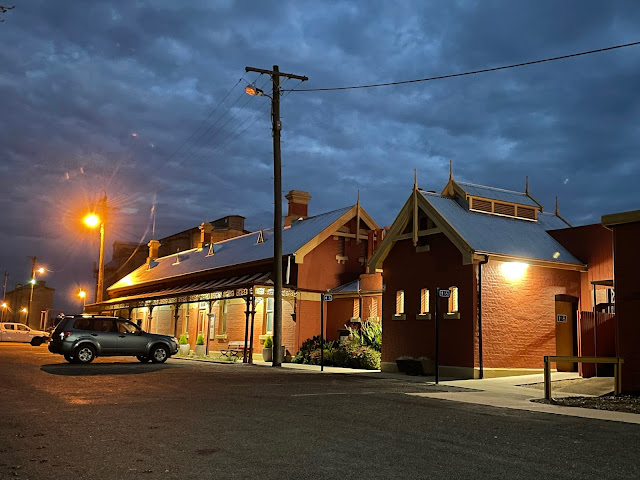




7 comments:
Thanks for the tour Janice, you take such great photos, do love to travel with you. Mick must be an obliging driver so that you can take all those photos. Well done to you both.
Looks like a great final leg to the journey. Love those painted silos.
Absolutely amazing photos and stories to go with them. I feel like I have travelled with you. I can’t believe you have captured so much beauty. I can’t wait for all your next travel posts. Keep on travelling……..
what a very interesting post...so happy you take us along janice...
Wow, that was an interesting final part of your trip. I love the painted silos, wall paintings and the like, always so beautifully done. As you say, now you have finished recording this trip, you are getting ready to embark on another great adventure.
What a great trip - I love the photos and stories, thank you for sharing. I really need to get out more and explore. I remember going to Finley and Deni when I was younger as we had boarders at our school and I stayed with them. It was so much fun - city girl on a farm.
Great post Janice, thank you so much for sharing, I even knew some of the towns this time from when we travelled to Baradine! Looking forward to the next one.
Post a Comment